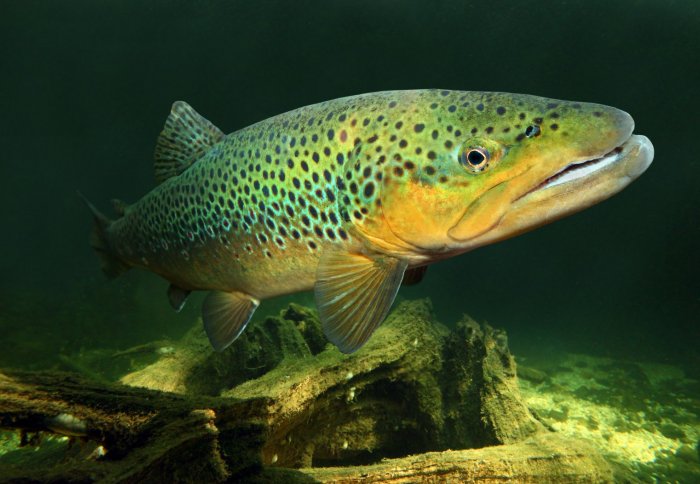

Brown trout, the top predator in many European streams, may be able to survive in warmer waters under global warming.
Many current predictions about the effects of global warming suggest top predators will be some of the hardest hit as ecosystems suffer around them. However, a new study looking at brown trout, the largest organisms in many freshwater streams, suggests their response to warming is more complex.
The study points out ways in which predators can adapt – and we need to understand these to make more accurate predictions for the future.
– Dr Eoin O'Gorman
A team of researchers, led by Imperial College London, investigated a series of geothermally-heated streams in Iceland to see how well brown trout coped at higher temperatures.
They expected trout populations would get smaller as temperatures rose above their normal optimum, but instead found that populations were even bigger at higher stream temperatures. Their results are published today in the journal Global Change Biology.
The Hengill valley in southern Iceland contains 14 streams of different temperatures, ranging from 4-25 degrees C. By tagging trout in a range of streams and measuring them five months later, the team were able to map the growth rate of the populations in each stream.
They found that the size of trout populations increased with stream temperature, suggesting they could adapt to warmer climates. “This indicates that there can be conditions where the most obvious predictions about global warming don’t follow through,” said lead author Dr Eoin O’Gorman from the Department of Life Sciences at Imperial.
“Within the bounds of their temperature tolerance, a little bit of warming may not be a bad thing. However, we were surprised that they did so well beyond their normal thermal limits,” Dr O’Gorman added.
Junk food diet
The team investigated how the trout were able to adapt, and found that they benefitted from more efficient energy transfer in the food web – more sunshine creating more algae to feed more prey for the trout – but also from eating less ‘junk food’.
Trout that live in colder streams use less energy to catch prey, relying on what floats by, but in warmer streams they are more selective, picking out the most energy-intensive food.
“The study points out ways in which predators can adapt – and we need to understand these to make more accurate predictions for the future,” said Dr O’Gorman. “However, the trout in these streams in Iceland have been exposed to these warmer conditions for a long time, whereas under climate change top predators might not have as much time to adapt.”
The study suggests that adult trout can grow and thrive at higher stream temperatures, but Dr O’Gorman points out that they still need cooler waters in order to raise their eggs, which die in waters above 16 degrees C. “In the Hengill valley, trout can migrate to colder streams to breed, but what happens under global warming if there are no colder refuges?” said Dr O’Gorman.
The team are expanding their study by looking at similar geothermal systems in Greenland, Alaska, Russia and Svalbard to see if the same pattern of adaptation is repeated across the Arctic region.

-
'Temperature effects on fish production across a natural thermal gradient' by Eoin O’Gorman et al. is published in Global Change Biology.
Article text (excluding photos or graphics) available under an Attribution-NonCommercial-ShareAlike Creative Commons license.
Photos and graphics subject to third party copyright used with permission or © Imperial College London.
Reporter
Hayley Dunning
Communications Division

Contact details
Tel: +44 (0)20 7594 2412
Email: h.dunning@imperial.ac.uk
Show all stories by this author

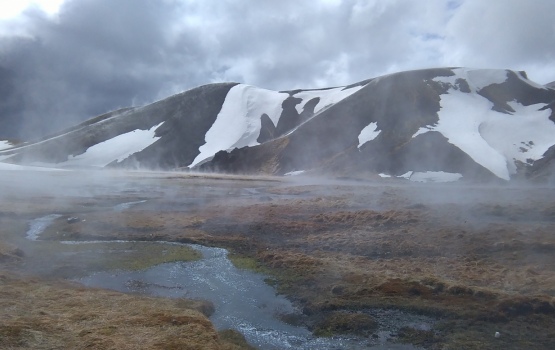
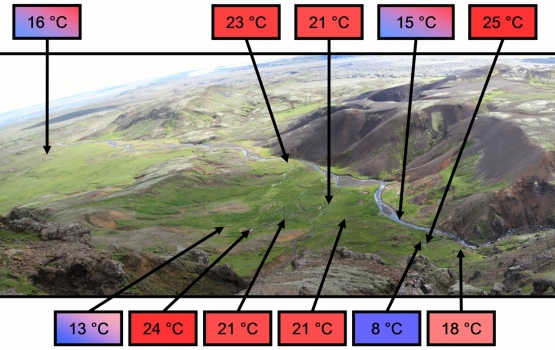
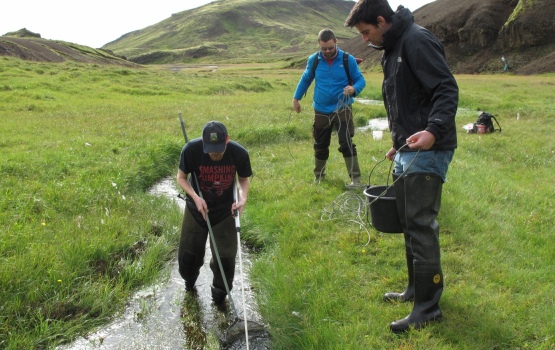
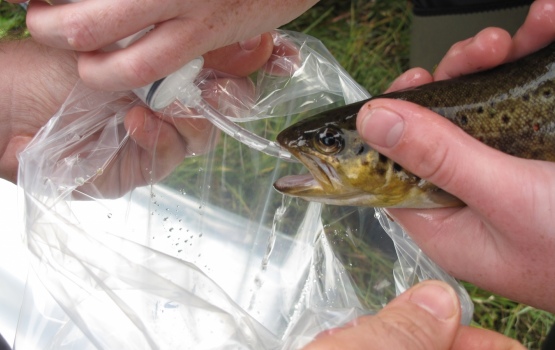






Leave a comment
Your comment may be published, displaying your name as you provide it, unless you request otherwise. Your contact details will never be published.